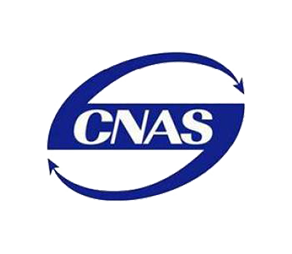For water usage, steel pipe vs plastic pipe
When comparing steel pipes to plastic pipes for water usage, there are several factors to consider, including cost, durability, corrosion resistance, ease of installation, environmental impact, and specific application requirements. Here's a comparison of steel pipes and plastic pipes for water usage
1. Cost
- Steel pipes tend to have higher upfront material costs compared to plastic pipes.
- Plastic pipes, such as PVC, CPVC, and PEX, are generally more cost-effective in terms of material costs.
2. Durability
- Steel pipes are strong and durable, with high tensile strength and impact resistance. They can withstand high pressures and heavy loads, making them suitable for demanding applications.
- Plastic pipes vary in durability depending on the material. While some plastics like PVC and CPVC are durable and suitable for water distribution systems, they may not be as strong as steel pipes and could be susceptible to damage from impacts or pressure.
3. Corrosion Resistance
- Steel pipes are prone to corrosion, especially in environments with high moisture or chemical exposure. Corrosion can lead to pipe degradation and potential water contamination.
- Plastic pipes, such as PVC, CPVC, and PEX, are inherently resistant to corrosion and rust, making them suitable for long-term water usage without the risk of degradation.
4. Ease of Installation
- Steel pipes require specialized equipment and skilled labor for cutting, welding, and threading, which can increase installation time and costs.
- Plastic pipes are lightweight and easy to handle, cut, and install. They often use simple joining methods like solvent cementing, compression fittings, or push-fit connections, reducing installation time and labor costs.
5. Environmental Impact
- Steel pipes have a higher environmental impact due to the energy-intensive manufacturing process, transportation, and potential corrosion issues requiring maintenance or replacement.
- Plastic pipes generally have a lower environmental impact as they require less energy to manufacture, produce fewer greenhouse gas emissions, and are recyclable.
6. Specific Application Requirements
- Steel pipes are commonly used in applications requiring high strength, pressure resistance, and durability, such as industrial processes, high-pressure water mains, and underground piping.
- Plastic pipes are suitable for various water distribution systems, including residential, commercial, and agricultural applications, where corrosion resistance, cost-effectiveness, and ease of installation are important.
In conclusion, both steel pipes and plastic pipes have their advantages and limitations for water usage. The choice between them depends on factors such as project budget, application requirements, environmental considerations, and local regulations. Consulting with a professional engineer or plumber can help determine the most suitable pipe material for specific water usage needs.
Steel pipes for water
For water-related applications, several types of steel pipes are commonly used, each with specific characteristics suitable for different needs. The choice of steel pipe depends on factors such as water pressure, environmental conditions, and corrosion resistance requirements. Here are some common types of steel pipes used for water transportation
1. Carbon Steel Pipes
Carbon steel pipes are widely used for water supply systems due to their strength, affordability, and availability. They are suitable for both high and low-pressure applications and come in various grades to meet specific requirements. However, carbon steel pipes are susceptible to corrosion in certain environments and may require protective coatings or linings for long-term durability.
2. Galvanized Steel Pipes
Galvanized steel pipes are carbon steel pipes coated with a layer of zinc to enhance corrosion resistance. They are commonly used for water distribution systems, especially in areas where corrosion is a concern. Galvanized pipes offer excellent durability and can withstand harsh environmental conditions, making them suitable for outdoor use.
3. Ductile Iron Pipes
While not strictly steel, ductile iron pipes are often included in discussions about water transportation. Ductile iron pipes offer high strength and durability, making them suitable for water mains, sewer systems, and other underground applications. They are resistant to external loads and provide long-term reliability in water distribution networks.
4. Stainless Steel Pipes
Stainless steel pipes are highly resistant to corrosion and are ideal for water transportation in corrosive environments or where water quality is a concern. They are commonly used in industries such as food and beverage, pharmaceuticals, and chemical processing, where maintaining water purity is critical. Stainless steel pipes offer excellent longevity and require minimal maintenance.
5. Corrosion-Resistant Alloy (CRA) Pipes
For extreme conditions or highly corrosive environments, corrosion-resistant alloy pipes may be used. These pipes are made from specialty alloys such as nickel alloys, titanium, or duplex stainless steels, which offer superior resistance to corrosion and erosion. CRA pipes are commonly used in offshore oil and gas production, desalination plants, and chemical processing facilities where standard steel pipes may not withstand the environment.
When selecting the type of steel pipe for water transportation, factors such as cost, durability, corrosion resistance, and environmental conditions must be considered to ensure optimal performance and longevity of the water distribution system. Additionally, adherence to relevant industry standards and regulations is essential to ensure the safety and reliability of the infrastructure.
Plastic pipes for water
Several types of plastic pipes are commonly used for water supply and distribution systems due to their versatility, durability, and corrosion resistance. The choice of plastic pipe depends on factors such as water pressure, temperature, chemical compatibility, and installation requirements. Here are some common types of plastic pipes used for water applications
1. Polyvinyl Chloride (PVC) Pipes
PVC pipes are widely used for water supply systems in residential, commercial, and industrial settings. They are lightweight, cost-effective, and easy to install, making them a popular choice for plumbing applications. PVC pipes are resistant to corrosion, chemical reactions, and biological growth, making them suitable for potable water distribution. They come in various diameters and thicknesses to accommodate different pressure requirements.
2. Chlorinated Polyvinyl Chloride (CPVC) Pipes
CPVC pipes are a type of PVC pipe that has been chlorinated to improve its heat resistance and pressure-bearing capabilities. CPVC pipes are suitable for hot and cold water distribution systems, making them commonly used in residential and commercial plumbing installations. They offer excellent corrosion resistance and are suitable for both indoor and outdoor applications.
Polyethylene pipes are highly flexible and durable, making them suitable for a wide range of water distribution applications. They are commonly used for underground water mains, irrigation systems, and outdoor plumbing installations. PE pipes are resistant to corrosion, chemical degradation, and abrasion, making them ideal for harsh environmental conditions. They come in various types, including high-density polyethylene (HDPE) and low-density polyethylene (LDPE), with different properties and applications.
4. Cross-linked Polyethylene (PEX) Pipes
PEX pipes are a flexible plastic piping material commonly used for water supply systems in residential and commercial buildings. They are highly resistant to corrosion, scale buildup, and freezing temperatures, making them suitable for both indoor and outdoor plumbing installations. PEX pipes are easy to install using compression or push-fit fittings and can withstand high water pressure and temperature fluctuations.
5. Polypropylene (PP) Pipes
Polypropylene pipes are lightweight, corrosion-resistant, and suitable for a wide range of water supply applications. They are commonly used in plumbing systems for hot and cold water distribution, as well as for wastewater and drainage systems. PP pipes offer excellent chemical resistance and are resistant to abrasion and impact, making them suitable for industrial and residential applications.
When selecting plastic pipes for water applications, it's essential to consider factors such as material properties, pressure and temperature requirements, installation method, and compatibility with other plumbing components. Adherence to relevant industry standards and regulations is crucial to ensure the safety, reliability, and longevity of the water distribution system.
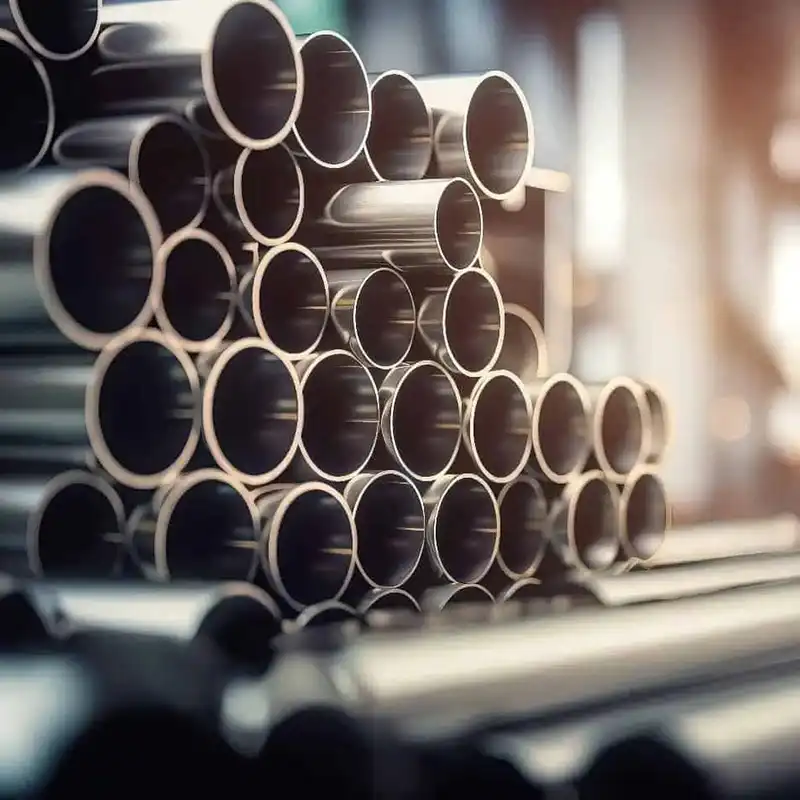
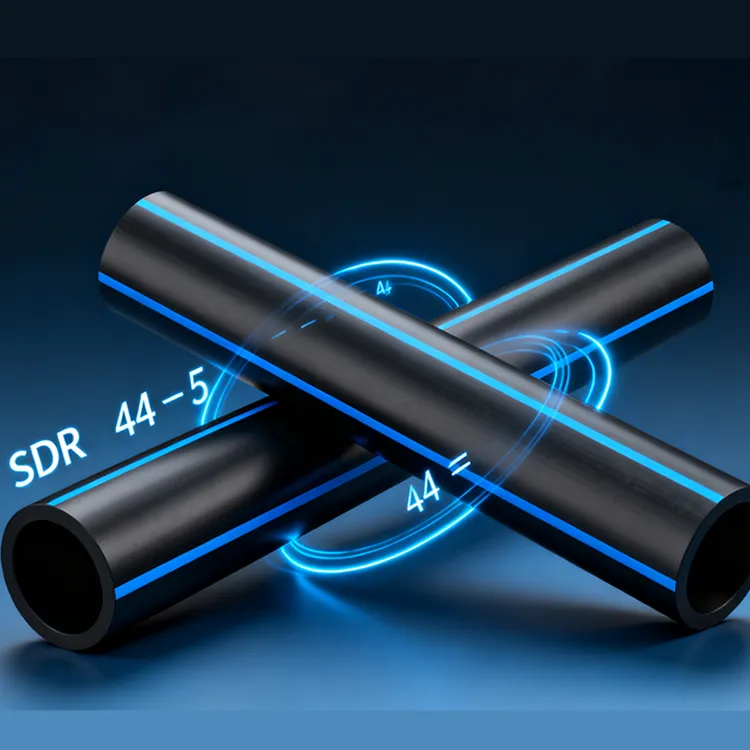
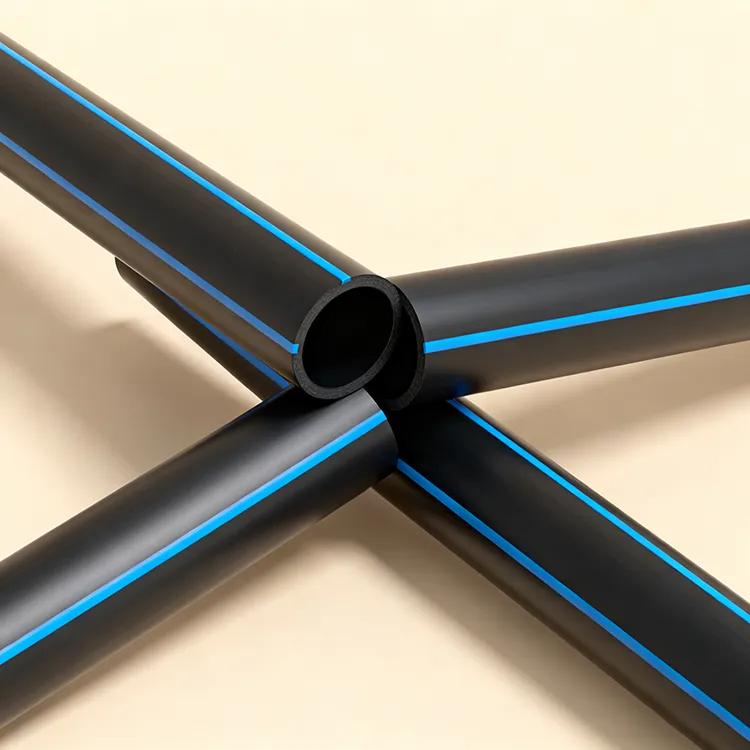
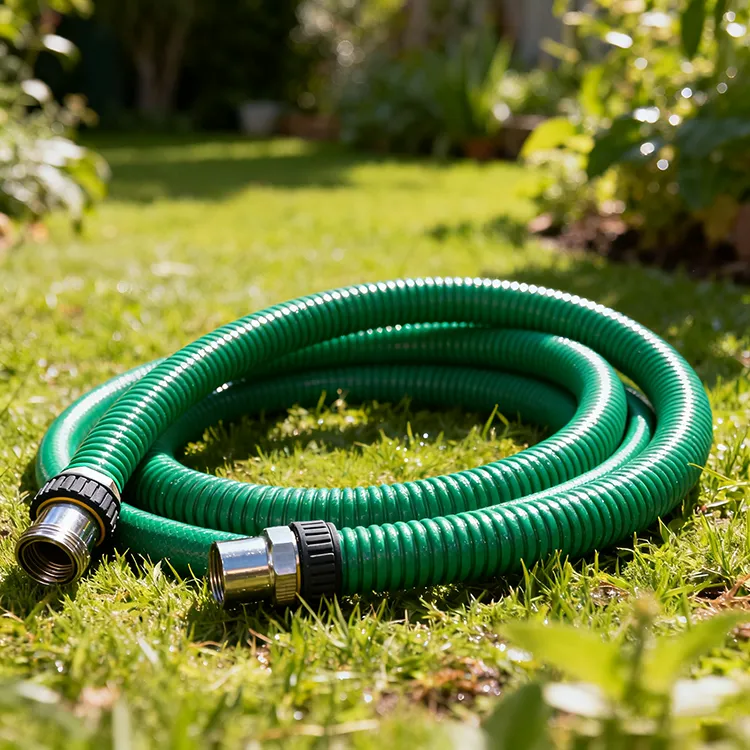
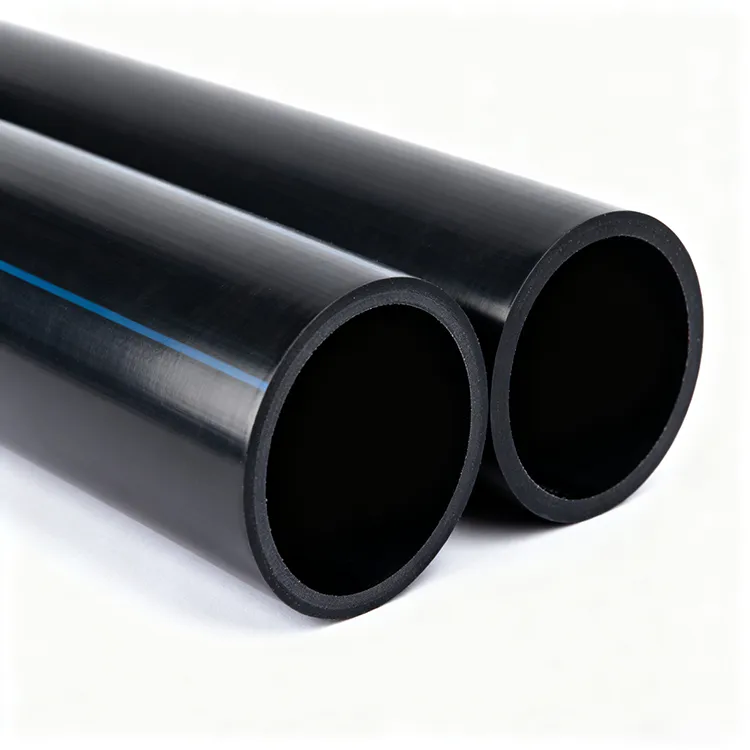
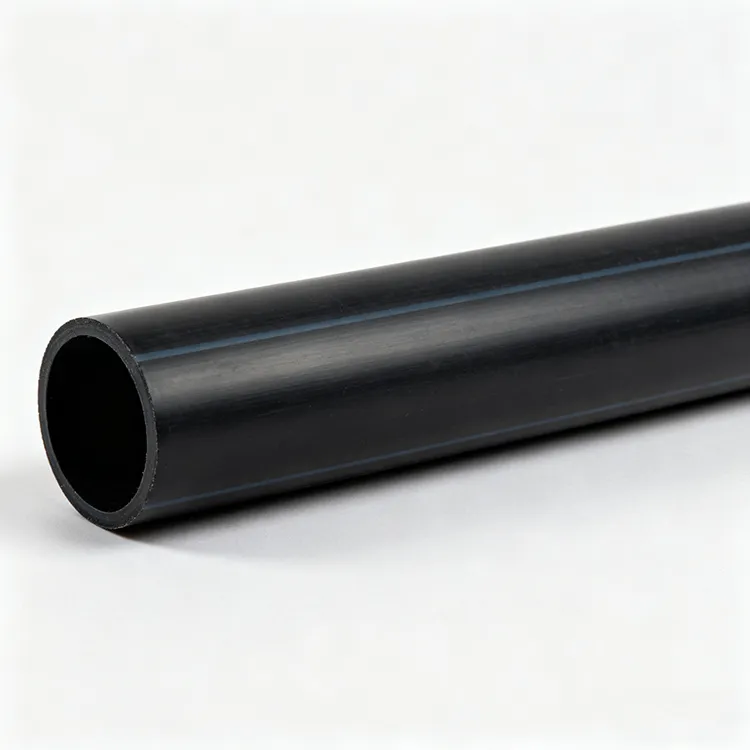
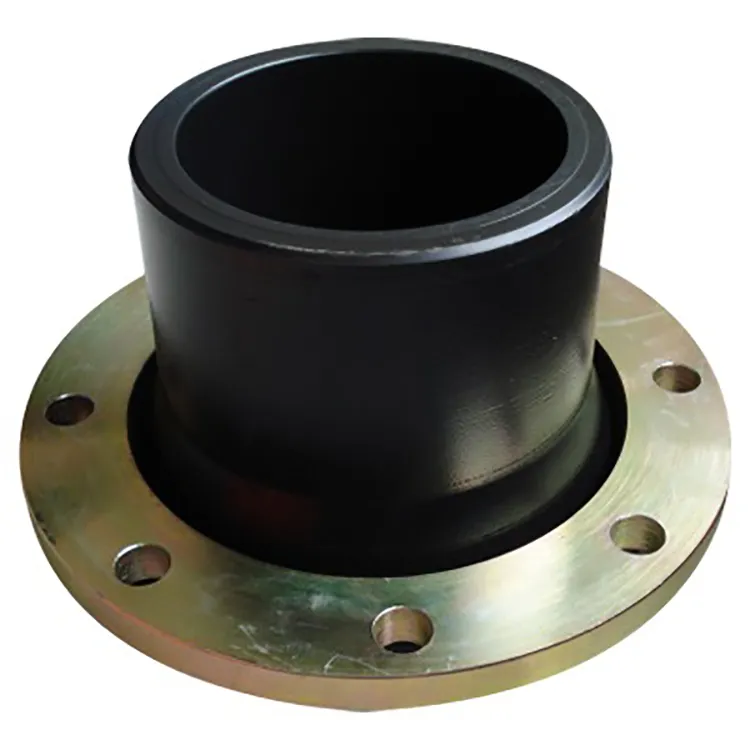
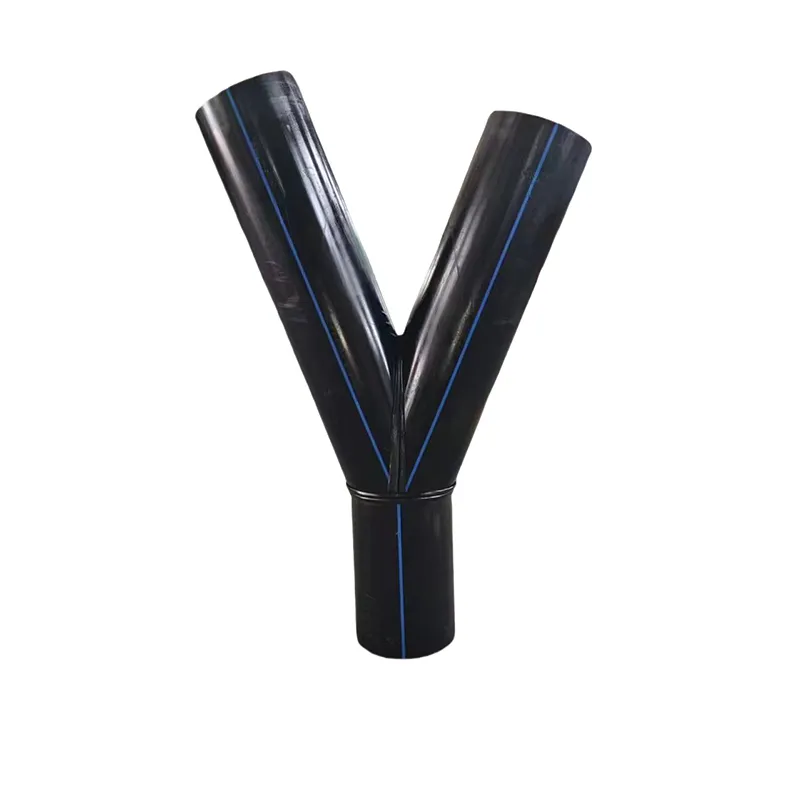
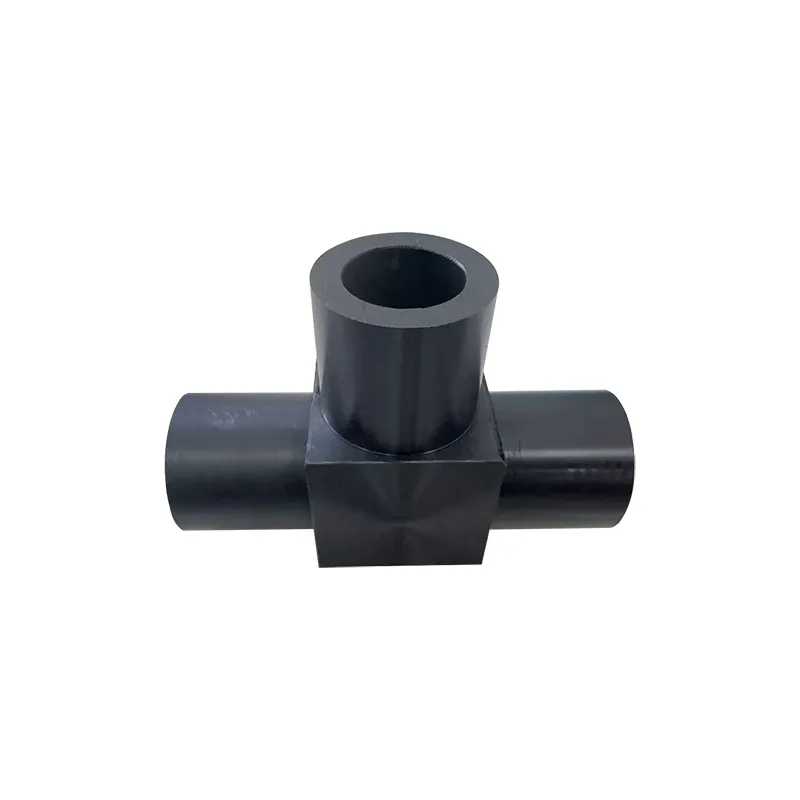
659.webp)
210.webp)
328.webp)
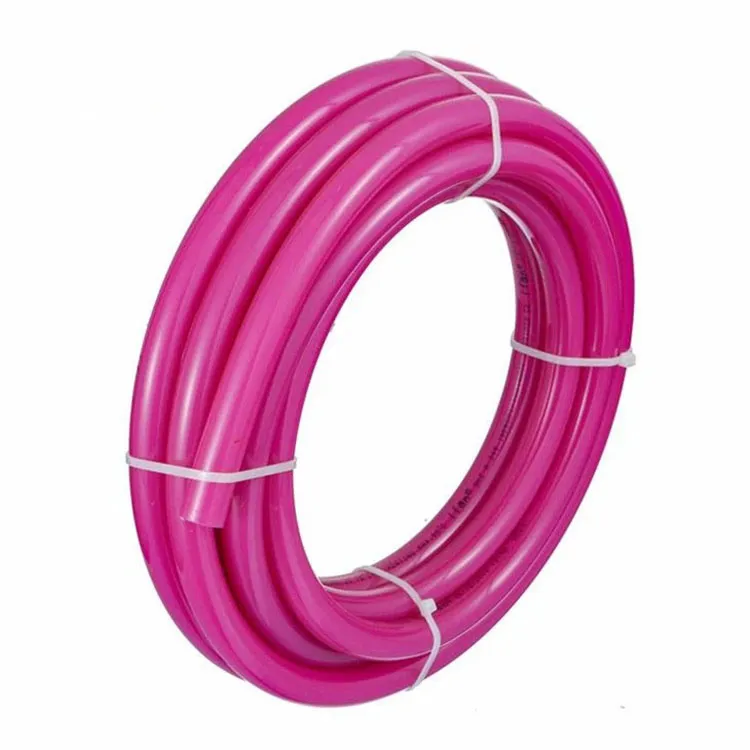
294.webp)
476.webp)

